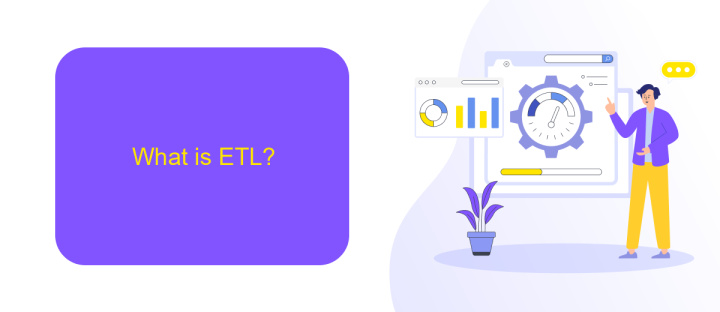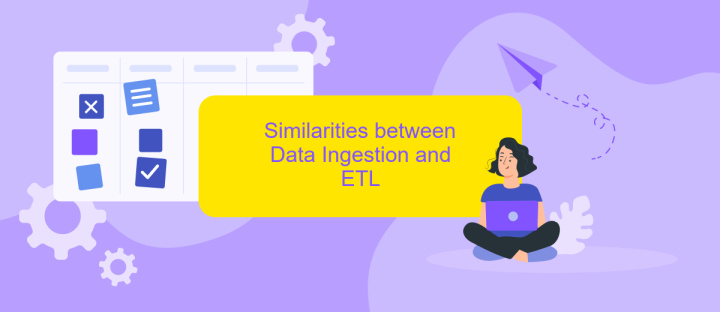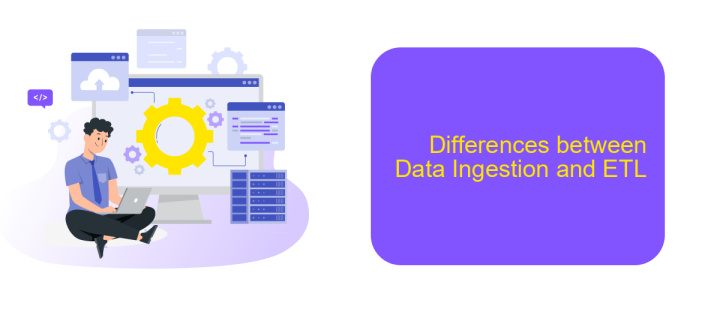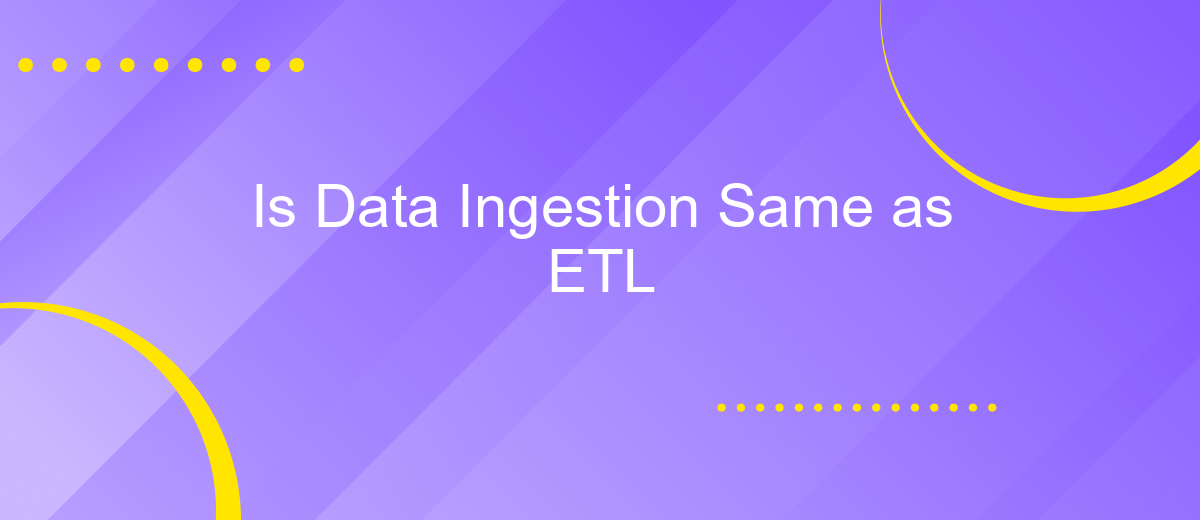Is Data Ingestion Same as ETL
Data ingestion and ETL (Extract, Transform, Load) are critical processes in the realm of data management, but they are often mistaken for being identical. While both aim to facilitate the movement and transformation of data, they serve distinct purposes and operate differently. This article delves into the nuances that differentiate data ingestion from ETL, helping you understand their unique roles and applications.
What is Data Ingestion?
Data ingestion is the process of collecting and importing data for immediate use or storage in a database. It involves gathering data from various sources, transforming it into a format suitable for analysis, and loading it into a data repository. This process is crucial for organizations to make informed decisions based on accurate and up-to-date information.
- Data collection: Gathering raw data from multiple sources such as databases, APIs, or files.
- Data transformation: Converting the collected data into a format suitable for analysis, which may involve cleaning, filtering, and aggregating the data.
- Data loading: Storing the transformed data into a data warehouse, database, or data lake for further analysis and reporting.
Effective data ingestion ensures that data is readily available for analysis and decision-making processes. Tools like ApiX-Drive can help streamline the data ingestion process by automating integrations between various data sources and destinations, reducing the need for manual intervention and minimizing errors.
What is ETL?

ETL stands for Extract, Transform, Load, and it is a crucial process in data management and integration. The ETL process involves extracting data from various sources, transforming it into a suitable format or structure for analysis, and then loading it into a target system, such as a data warehouse or database. This process ensures that data is accurate, consistent, and ready for analysis, enabling organizations to make informed decisions based on reliable data.
In the extraction phase, data is collected from multiple sources, including databases, APIs, and flat files. The transformation phase involves cleaning, filtering, and enriching the data to meet specific requirements. Finally, the loading phase involves transferring the transformed data into the target system. Tools like ApiX-Drive can simplify the ETL process by automating data extraction and integration, making it easier for businesses to manage and utilize their data effectively.
Similarities between Data Ingestion and ETL

Data Ingestion and ETL (Extract, Transform, Load) are fundamental processes in data management that ensure data is collected, processed, and made available for analysis. Both processes aim to gather data from multiple sources and prepare it for further use, ensuring data consistency and quality.
- Data Collection: Both Data Ingestion and ETL involve collecting data from various sources, such as databases, APIs, and files.
- Data Transformation: Both processes may include steps to clean, transform, and enrich the data to make it suitable for analysis.
- Data Loading: Both Data Ingestion and ETL load the processed data into a target system, such as a data warehouse or database.
While Data Ingestion focuses on the initial collection and loading of data, ETL encompasses a broader scope, including extensive data transformation. Tools like ApiX-Drive can facilitate both processes by automating data integration from various sources, ensuring a seamless flow of accurate and timely data.
Differences between Data Ingestion and ETL

Data ingestion and ETL (Extract, Transform, Load) are both critical processes in data management, but they serve different purposes and have distinct characteristics. Data ingestion is the process of collecting and importing data from various sources into a storage system for further processing and analysis. It focuses on the initial step of bringing data into the system, often in real-time or batch modes.
ETL, on the other hand, is a more comprehensive process that involves extracting data from one or more sources, transforming it into a suitable format or structure, and then loading it into a target database or data warehouse. ETL is typically used to prepare data for analysis and reporting, ensuring that the data is clean, consistent, and structured.
- Scope: Data ingestion focuses on data collection, while ETL involves extraction, transformation, and loading.
- Complexity: ETL is generally more complex due to the transformation step.
- Purpose: Data ingestion aims to gather data, whereas ETL prepares data for analysis.
- Tools: Tools like ApiX-Drive can facilitate data ingestion by integrating various data sources seamlessly.
Understanding the differences between data ingestion and ETL is crucial for designing efficient data workflows. While data ingestion is about getting data into the system, ETL ensures that the data is ready for meaningful analysis. Both processes are essential for effective data management.
Conclusion
In conclusion, while data ingestion and ETL (Extract, Transform, Load) processes share similarities, they are distinct in their functionalities and purposes. Data ingestion focuses on collecting and importing data from various sources into a storage system, ensuring that the data is readily available for further processing. On the other hand, ETL goes a step further by transforming the ingested data into a suitable format and loading it into a target database or data warehouse for analysis and reporting.
Understanding the differences between these processes is crucial for designing efficient data workflows. Tools like ApiX-Drive can simplify the integration and automation of data ingestion and ETL tasks, enabling seamless data flow across different platforms. By leveraging such services, organizations can ensure accurate, timely, and efficient data management, ultimately driving better decision-making and business outcomes.
FAQ
Is Data Ingestion the Same as ETL?
What is Data Ingestion?
What is ETL?
Can Data Ingestion be Automated?
Why is Data Ingestion Important?
Do you want to achieve your goals in business, career and life faster and better? Do it with ApiX-Drive – a tool that will remove a significant part of the routine from workflows and free up additional time to achieve your goals. Test the capabilities of Apix-Drive for free – see for yourself the effectiveness of the tool.

